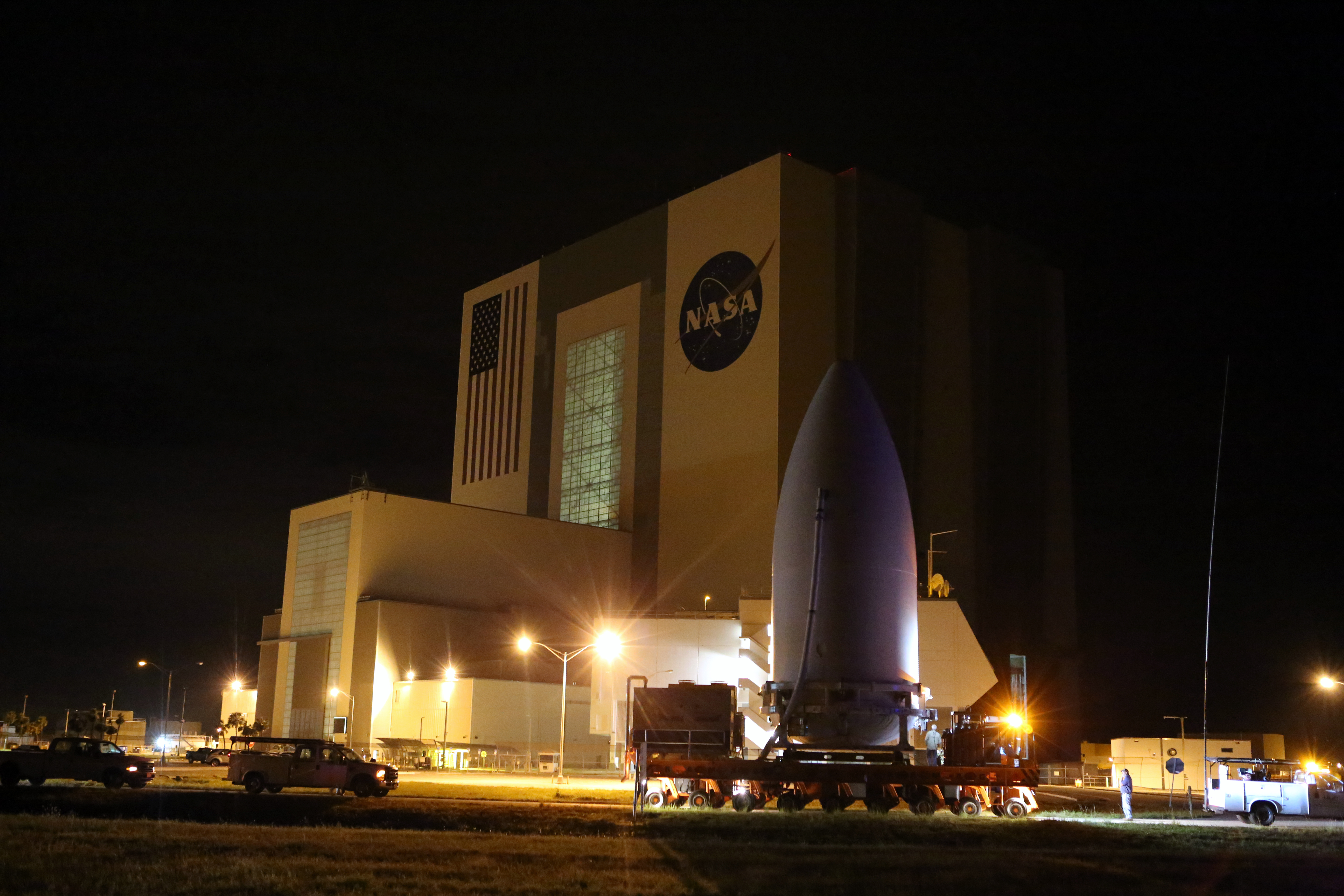Any future hurricanes on the horizon might be seen earlier, thanks to a weather satellite that launched from Cape Canaveral Air Force Station on top of an Atlas V Rocket Saturday night. The 200-foot United Alliance rocket blasted off from Launch Complex 41, fueled by four rocket boosters and over 2.2 million pounds of thrust, USA Today reports.
Forecasters and scientists are hopeful that the next-generation GOES-R satellite, which the National Oceanic and Atmospheric Administration says will revolutionize weather predictions, is up to the task. The $1 billion satellite is the first of four to ascend in NOAA’s new, $11 billion Geostationary Operational Environmental Satellite program.
The program currently has two satellites hovering over the Western and Eastern United States, 22,000 miles above. The NOAA is still to decide where the satellite will go, depending on weather conditions.
Upgrades to the new weather satellite include a centerpiece imaging instrument from Harris Corp. that assures advanced improvements, like better resolution that will provide movie quality images. This means pictures will contain more details and three times more data that can help in tracking weather activity and determining potentially dangerous situations.
The new technology will also give faster refresh time for almost real-time monitoring, plus views down into a hurricane’s eye so that forecasters can tell if a storm is gaining strength or losing it. The satellite imaging system will work with a new lightning mapper to identify gathering storms sooner, and allow weather authorities to save lives by getting tornado or flash flood warnings earlier.
All these features should result in more accurate landfall predictions and more efficient evacuation warnings.
GOES-R, which will be called GOES-16 once in orbit, will enter service after a year of extensive tests. A second satellite, GEOS-S, is set to launch from Cape Canaveral in 2018. In the meantime, a United Launch Alliance Delta IV rocket is preparing to send a military communications satellite into space on December 7.
























